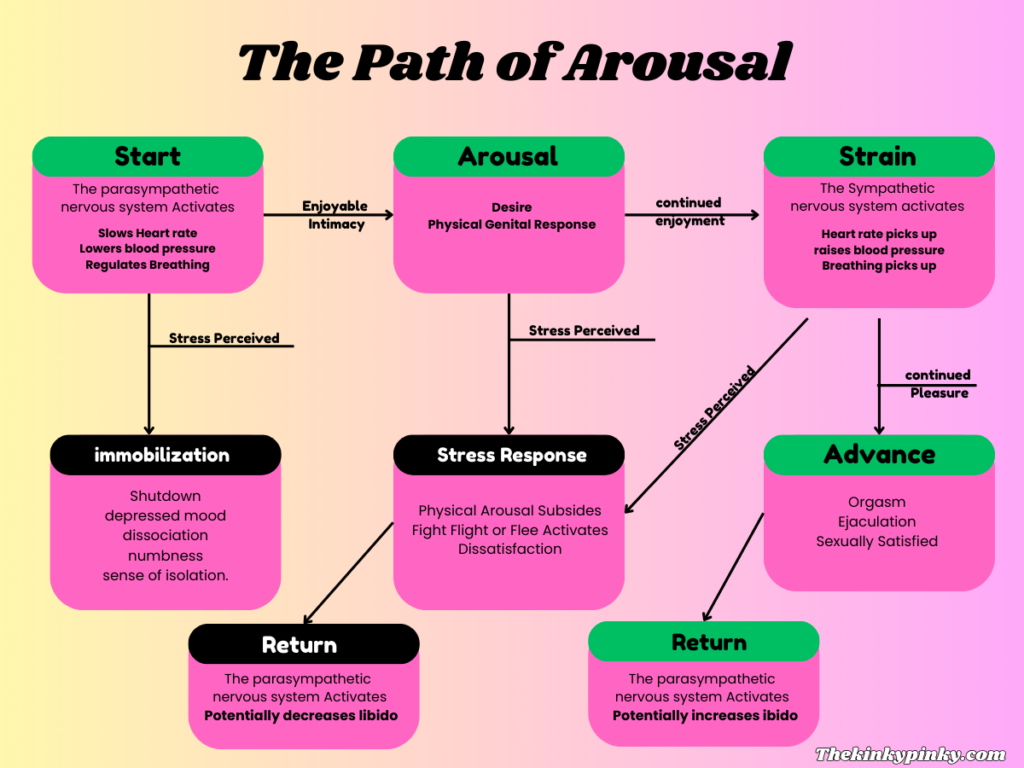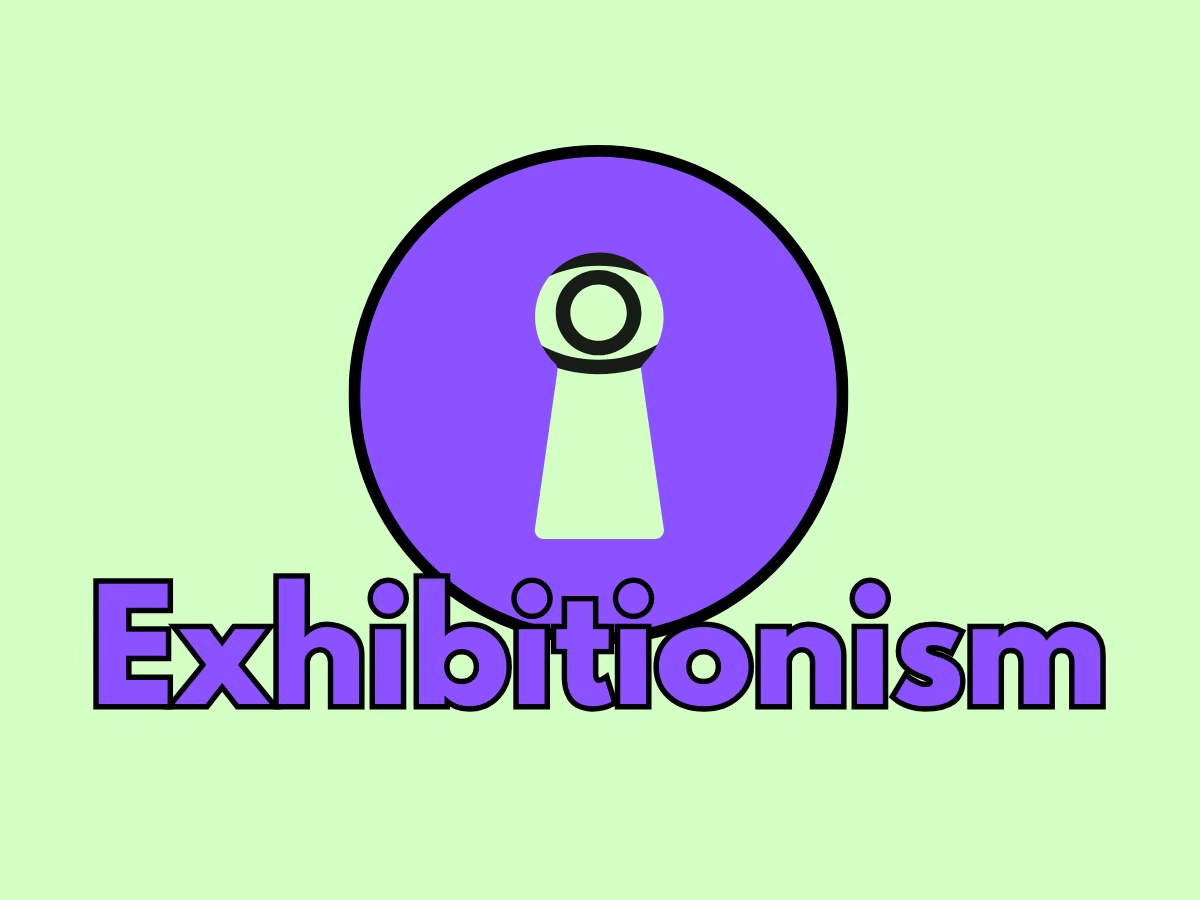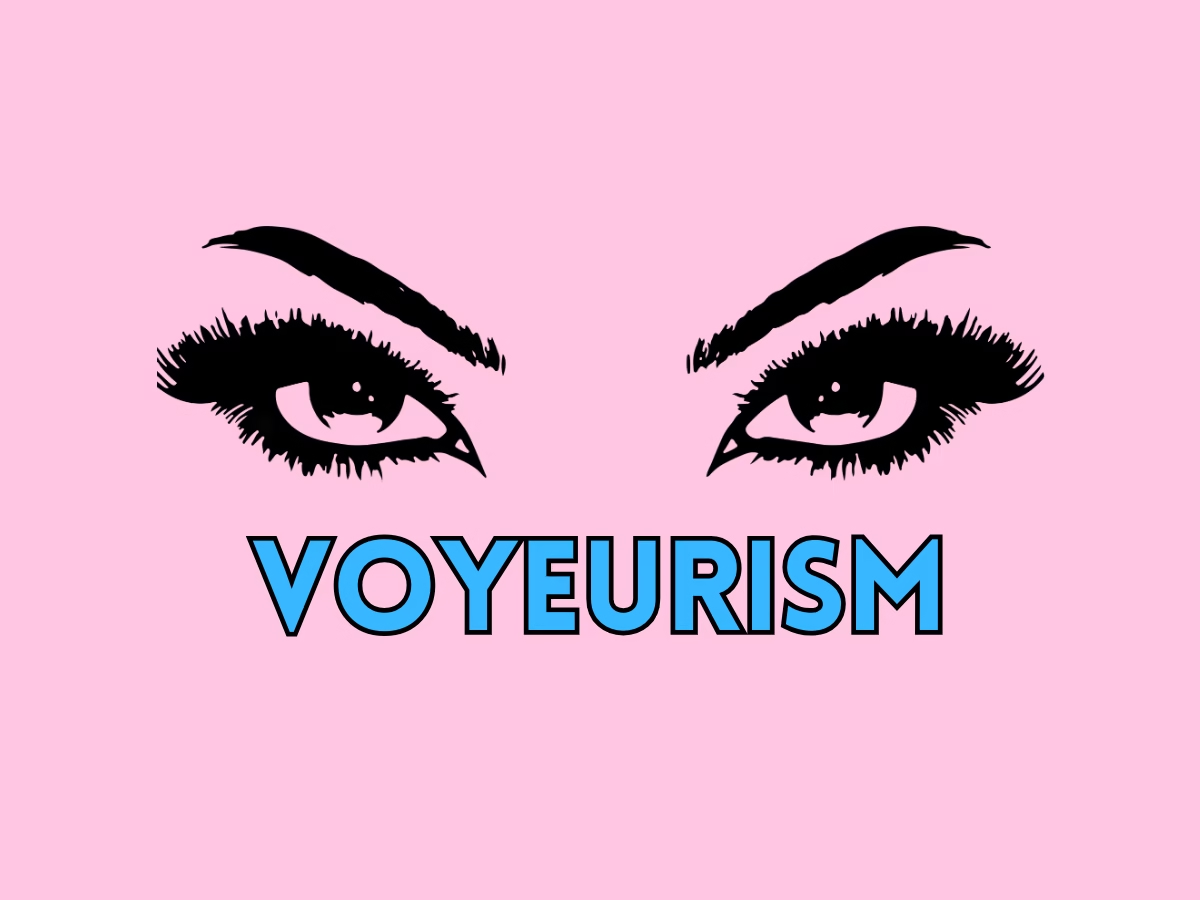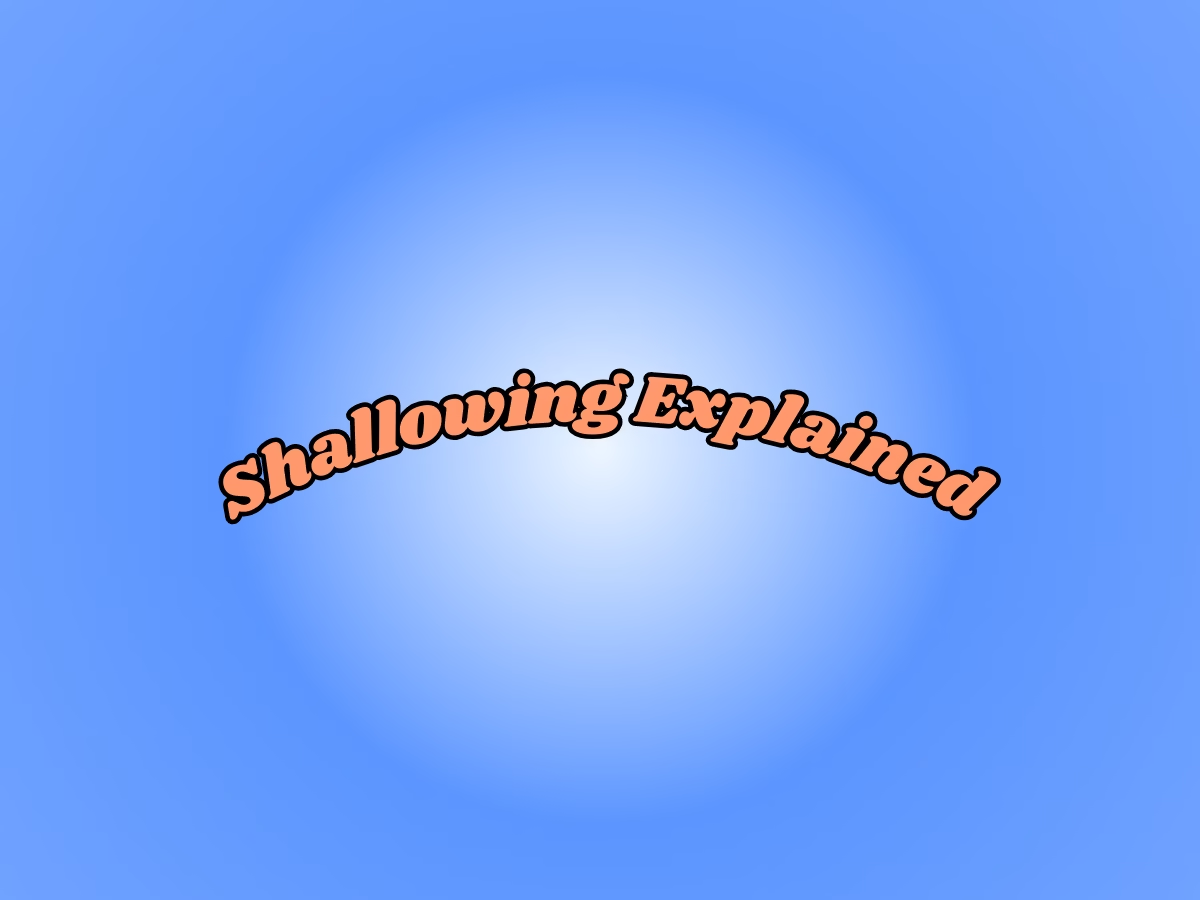Last Updated on July 21, 2025 by Lexi Kisses
The libido is what controls our desire towards sex. It’s unique to each of us and there is no “normal” or “right” way to experience it. Medically our understanding of it is still limited, but we do know there are a variety of factors that can have an effect on it such as; past sexual experiences, the type of desire we have, the way we respond to stress, and our general want for sex. The libido is a complicated process that can be affected by even the smallest of changes.
Libido is an incentive-motivation system
If you’re not having the sex you want, you’re not going to want to have sex. It’s as simple as that. Sex works on an incentive-motivation system.
The incentive-motivational system is a theory that states some of our behaviors are affected and reinforced by external influences. When regarding sex, this means that our past interactions with sex will shape our want for future sexual encounters.
For instance, too many neutral or unsatisfying sexual interactions will add up and weaken your desire for sex. Ergo, lowering your libido for the future. This also means consistently satisfying sexual interactions will increase your desire towards sex; increasing your libido.
So, the more sex you have that fulfills your fantasies, the more sex you will desire.
There are Two Types of Sexual Desire
Desiring sex is a hot topic, yet we rarely talk about how there are different ways to desire it.
One type of desire that we’re probably all familiar with is spontaneous desire. This is the type of desire that is constantly seen in things like movies and books.
Spontaneous desire is random, it comes out of nowhere. There’s no sexual stimuli needed for you to desire sex. You just want it spontaneously.
Then there is responsive desire. Which is a lot less represented, but just as common.
Responsive desire means you want sex in response to something. Such as going out on a date or physical stimulation.
This type of desire is a little more tricky because it requires time to formulate it.
Those who experience responsive desire are more likely to describe their libido as “low” because of a misunderstanding of how responsive desire works.
Sex and Our Nervous System

The peripheral nervous system controls our arousal toward sex. This system processes external and internal stimuli and reports them back to the central nervous system to create the needed reaction from our bodies.
The peripheral nervous system has two parts; the autonomic nervous system (ANS) and the somatic nervous system (SNS).
The autonomic nervous system controls automatic bodily functions such as breathing, heart rate, and digestion. It also has primary control over our stress response. The somatic nervous system helps us with conscious activities such as moving our arms and legs.
For the sake of this article, we will be focusing on the autonomic nervous system because it’s the one that affects sexual arousal.
The autonomic nervous system is split into two branches, the parasympathetic nervous system and the sympathetic nervous system.
The parasympathetic nervous system activates when our bodies are at rest. When active, it slows down the heart rate, lowers blood pressure and regulates breathing, to name a few. This system must be active to initiate arousal (genital, erections, swelling and lubrication).
On the other hand, if the system perceives stress, it activates an immobilization response to survive. This state can result in a depressed mood, dissociation, numbness, or a sense of isolation.
The sympathetic nervous system activates when the body is straining to prepare it for action. Once active, it readies the body to go by; speeding up the heart rate, dilating the eyes, and increasing breaths. This system controls the fight-or-flight response as well as our ability to orgasm or ejaculate.
This system is designed this way so when we are in danger we go from aroused to run away/freeze. It does this by deprioritizing blood flow to the genitals and prioritizing it to the hands, feet etc.
The issue here is, that daily life stresses and negative thoughts can trigger this system, halting arousal.
The Dual Control Model
The dual control model consists of two systems that simultaneously work together to scan the environment for sexually relevant information.
1 of the 2 systems is known as the sexual excitation system. This system is sometimes referred to as the accelerator or the gas pedal. This is because it scans our environment for sexually relevant information, and if it finds it, it “accelerates” us towards sex (getting hard, wet, etc).
The 2nd part of the system is known as the sexual inhibition system, or what some refer to as “the brakes”. This system scans our environment to find reasons to not have sex. If it finds them, it will begin to decrease our sexual arousal (losing hardness, being less wet, etc).
Sexual arousal tends to be difficult when there is more strain on the sexual inhibition system than the sexual excitation system. Arousal non-concordance is commonly the result of too much weight (internal or external stress) being put on “the brakes”.
The Willingness Model
The willingness model is said to be the most important step in formulating arousal. This model states that before desire or arousal can even be felt, the participant(s) has to be willing.
For instance, those with responsive desire may want to have sex, but are not in the mood or aroused. This model encourages them to ask themself if they are willing to formulate a desire towards sex. And, if they are, they can engage in an intimate* activity, either alone or with their partner(s) to see if desire and/or arousal forms.
If arousal doesn’t form, stop any sexual stimuli. If it does, only participate as long as it feels right; don’t feel pressure to “cum”, the only goal is pleasure, you can stop at any time for any reason.
It’s important to note that the willingness model is not an excuse to have sex that you don’t want. This model is only effective if the participants’ feelings towards it are positive (or neutral) with an openness to sexual contact & connection.
What Factors Can Decrease Your Libido?
There are many things that can affect the libido, and not all of them are in our control. Managing how we handle stress, and when to seek outside help are all important factors to having a fulfilling sex life.
What Can Decrease the Libido:
- Shame
- Trauma
- Expectations
- General Stress
- Physical Stress
- Preconceived Bias
- Disabilities
- Pregnancy
- Postpartum
- Age (helpful to ask a doctor)
- Sexual Pain (contact doctor)
Final Thoughts
The libido can be easily affected by most of life’s changes. It can change from responsive to spontaneous. From “high” to “low”. Or even just disappear all together.
It’s important to remember that no two libidos are alike. There’s no “normal” way to experience it, there is only your way. The libido is affected by our unique lives, therefore it’s just as unique as us. The only fact that consistently remains true is that pleasure is one of the more important factors in formulating it. Behind being willing, of course.
The libido changes with time, situations and age; all in which are completely normal. We don’t need to “fix” our lack of libido we need to understand it.
Citations
- Mersy, Lauren Fogel, and Jennifer A. Vencill. Desire: An Inclusive Guide to Navigating Libido Differences in Relationships. Beacon Press, 2023.
- Nagoski, Emily. Come as You Are: The Surprising New Science That Will Transform Your Sex Life. Simon & Schuster Paperbacks, 2015.






